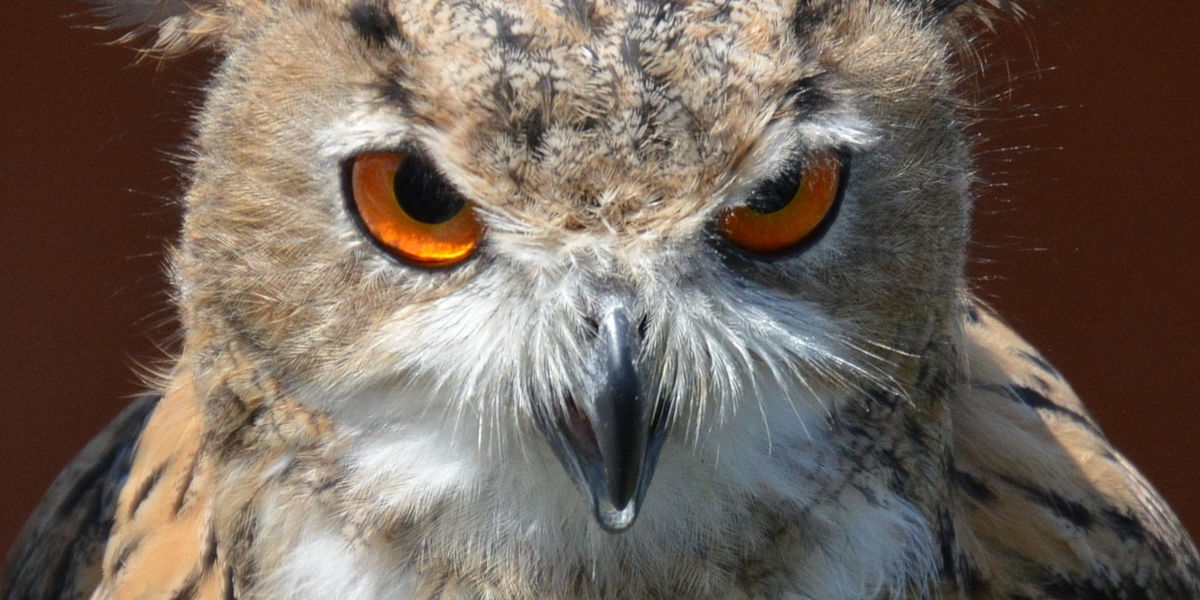Imagine for a moment that you could see the world through the eyes of an animal. What would you notice? Would your view be a wash of grayscale as if you were looking at an old black and white film reel, or would it burst with more colors than you ever knew existed? This thought-provoking concept is directly tied to the field of animal color perceptionóan area teeming with exciting research findings and continuous exploration. By delving into this area, we can better understand questions such as "how do animals see the world?" or "can dogs see colors?" The answers may just surprise you.
A New Understanding of Animal Color Perception
For years, scientists have been fascinated by the concept of animal color perception. This field focuses on how different animals see and interpret their world through coloróor lack thereof. Prevailing assumptions, for instance, used to suggest that dogs see the world in black and white, while other animals see an entirely different spectrum of colors than humans do. However, with recent scientific advances, our understanding of how animals perceive colors has greatly evolved.
Humans typically perceive the world through trichromatic vision because our eyes have three kinds of color receptors, or cones. These cones enable us to see a vibrant array of colors across the red, green, and blue wavelengths. However, most non-primate mammalsólike our canine and feline companionsóare dichromats. Each only has two kinds of color receptors, which can somewhat limit their color capacity.
Can Dogs See Colors?
So, with this knowledge in hand, let's tackle one of the most commonly asked questions: Can dogs see colors? The simple answer is yes, but not in the same way we do.
Contrary to the age-old belief that dogs see in black and white, modern science reveals that dogs can indeed detect colors, but their spectrum is different from ours. Instead of seeing the full rainbow as humans do, dogs' dichromatic vision allows them to perceive the world mainly in shades of blue and yellow. This means reds and greens likely appear as shades of gray to our four-legged friends.
How Do Animals See the World?
Moving beyond our household pets, the animal kingdom presents an astonishing diversity when it comes to color perception. Some animals, like certain birds and reptiles, actually possess tetrachromatic vision, meaning they have four kinds of color receptors. This additional receptor allows them to see a range of colors far beyond what humans can perceive, including ultraviolet light. From insects to cephalopods, the world is filled with creatures that perceive color in ways we can barely even conceptualize, proving the natural world's visual experience is as varied and complex as the creatures that inhabit it.
Exploring animal color perception not only broadens our understanding of the animal kingdom but also aids in the development of tools and technologies that can enhance the well-being of different species. Continuing advances in this field promise more discoveries that will unearth the myriad ways animals perceive their vibrant, colorful world.
Considering the vast array of species on our planet, it's not surprising to learn that the animal kingdom has a varied range of visual capabilities. Some can perceive colors and light beyond the human spectrum, while others see less color than we do. As a matter of fact, our sense of vision falls somewhere in the middle when compared to other animals.
The Bird's Eye View: Masters of Color Perception
Birds are well-known for having exceptional color vision. A study published in 'Behavioral Ecology' found proof of birds' superior color perception. It confirmed that they are tetrachromats, meaning they have four types of color receptors in their eyes. This enables them to see a wider range of colors including UV light. Deeper insights into bird vision explain their brilliant plumage and the vibrant world they occupy. It's similar to seeing a new color or having an enhanced version of color perception.
Mammals: Living in A Simplified Color World
Unlike birds, mammals generally have a reduced capacity to see a full range of colors. Most mammals, particularly carnivores, are likely dichromats. They can only see two primary colors, blue and yellow. This is because during the early evolution of mammals, they became nocturnal and the need for color vision was not necessary. Identifying forms and movements in dim light were more crucial survival tools than noticing the nuances of color.
Reptiles and Amphibians: Seeing Beyond our Spectrum
Reptiles, like birds, are also tetrachromats which means they can perceive more color than humans. Some snakes take this even further. They can sense infrared radiation from warm bodies up to a meter away which assists them in hunting. Amphibians, on the other hand, can see a broad range of wavelengths including ultraviolet, which is invisible to human eyes. Frogs, for instance, use this UV perception to locate and eat insects that reflect UV light.
Insects and the Ultraviolet Universe
Many insects, such as bees, can see ultraviolet light, which is abundant in sunlight but invisible to humans. In a bee's vision, flowers look vastly different than what humans see. UV patterns on petals appear like landing platforms, guiding bees to the nectar. This indicates a remarkable case of co-evolution where flowers and bees evolved to benefit mutually from each other. So, a beeís vision is tailored to find flowers, and flowers progressed to make themselves easily found by bees.
Understanding how animals perceive the vibrant world around them gives a fascinating perspective on the extraordinary diversity of existence. On top of their survival instincts and social structures, they navigate life in a whole different array of colors and lights.




